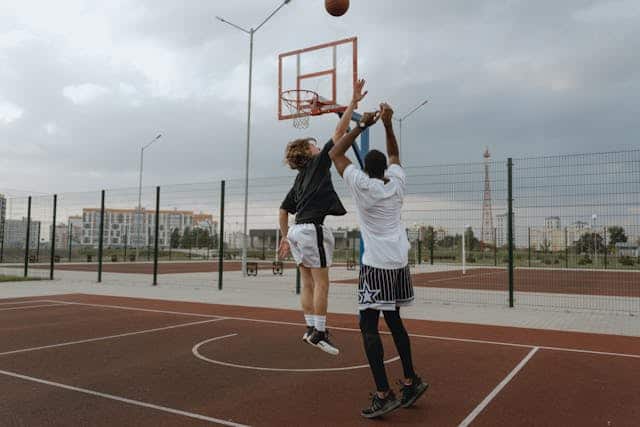
Historical development of accelerometry measures and methods for physical activity and sedentary behavior research worldwide: A scoping review of observational studies of adults
December 1, 2022
Identification of physical activity and sedentary behaviour dimensions that predict mortality risk in older adults: Development of a machine learning model in the Whitehall II accelerometer sub-study and external validation in the CoLaus study
December 14, 2022A paper titled “Sedentary behavior and the biological hallmarks of aging“ has recently been published in Ageing Research Reviews. The summary of the paper and citation details are re-posted below. The full publication can be found here.
ABSTRACT
While the benefits of physical exercise for a healthy aging are well-recognized, a growing body of evidence shows that sedentary behavior has deleterious health effects independently, to some extent, of physical activity levels. Yet, the increasing prevalence of sedentariness constitutes a major public health issue that contributes to premature aging but the potential cellular mechanisms through which prolonged immobilization may accelerate biological aging remain unestablished. This narrative review summarizes the impact of sedentary behavior using different models of extreme sedentary behaviors including bedrest, unilateral limb suspension and space travel studies, on the hallmarks of aging such as genomic instability, telomere attrition, epigenetic alterations, loss of proteostasis, deregulated nutrient sensing, mitochondrial dysfunction, cellular senescence, stem cell exhaustion, and altered intercellular communication. We further highlight the remaining knowledge gaps that need more research in order to promote healthspan extension and to provide future contributions to the field of geroscience.
CITATION




